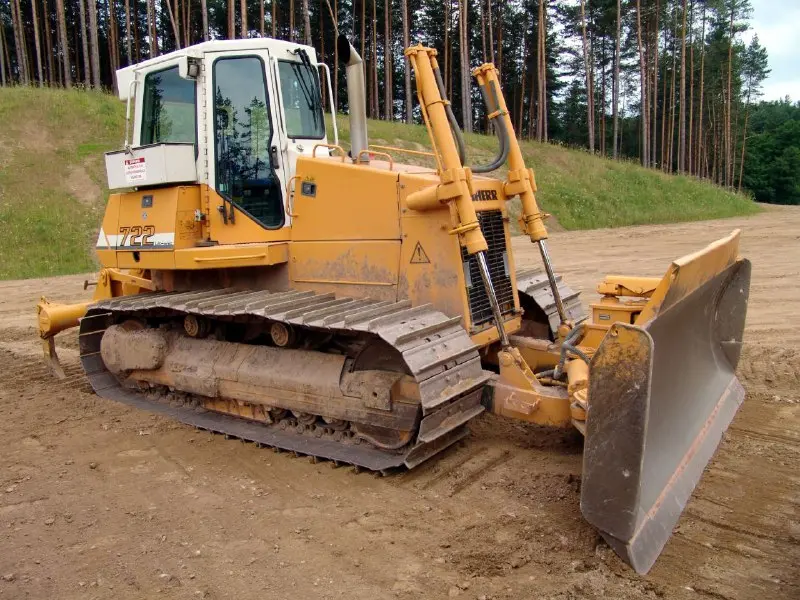
Major Isro milestone, Chandrayaan-3 integrated with launch vehicle
TOI gives you a low down on what some of these changes are and why they were introduced:
Stronger Legs
Vikram, the lander, will have stronger legs than in its previous version to withstand landing at greater velocities. The landing velocity tolerance has been increased to 3m/second from 2m/second. This improvement ensures that even at 3m/sec, the lander will not crash or break its legs, as explained by ISRO chairman S Somanath.

Encapsulated assembly containing Chandrayan-3 mated with LVM3 at ISRO in Sriharikota
More Fuel & New Sensor
Another change in Vikram is the addition of more fuel to handle disruptions and have the ability to come back in case of any issues. A new sensor called the laser doppler velocity metre has been included to look at the lunar terrain and provide redundancy in measurement.

Chandrayaan-3 to launch on July 14; ISRO chairman explains how this moon mission is different from Chandrayaan-2
Central Engine & Software
The software has been improved to tolerate failures like engine disruptions, thrust disruptions, and sensor failures. The central or fifth engine, which was added last minute during Chandrayaan-2, has been removed. The lander now requires a minimum of two engines to land.

Follow DelhiBreakings on Google News
Superfast News Coverage by DelhiBreakings.com team.
For Superfast national news and Delhi Breaking Stories visit us daily at https://delhibreakings.com





